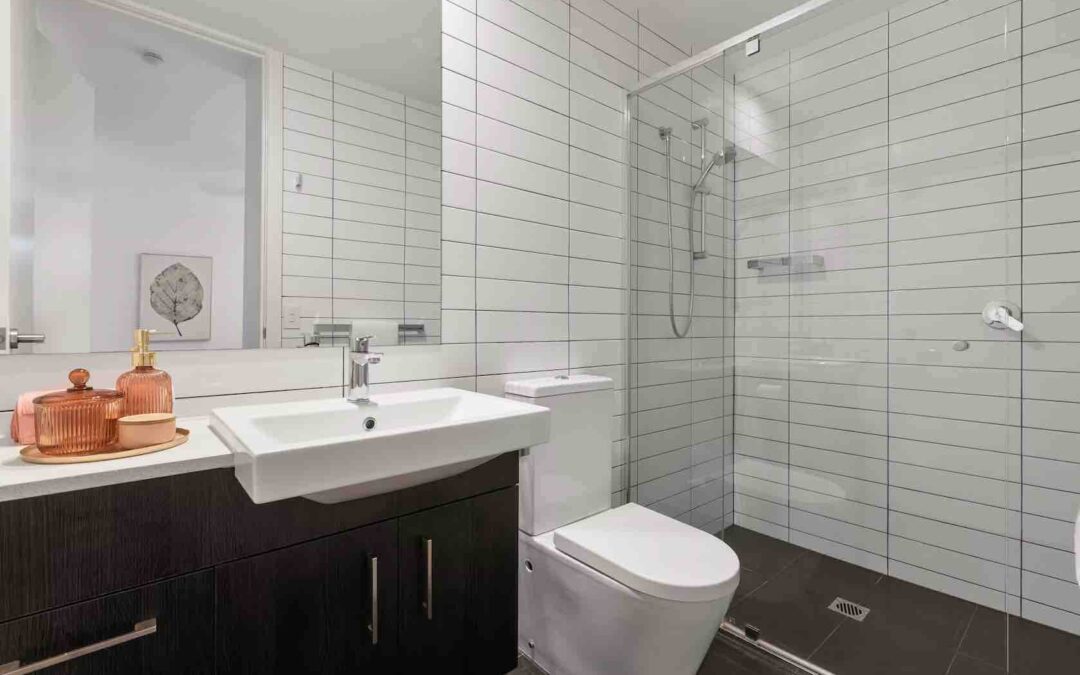When it comes to bathroom renovations, one essential aspect is removing an old hot mop shower drain and installing a new shower pan and drain. This process not only enhances the functionality and aesthetics of your shower but also ensures a water-tight and durable solution.
In this blog, we explore the steps involved in removing an old hot mop shower drain and installing a new shower pan and drain, providing fresh ideas and advice to help you revitalize your bathroom with confidence.
Demolition and Removal: The first step in this process is demolishing and removing the old hot mop shower drain. Carefully remove the existing tiles and mortar, exposing the hot mop layer beneath.
Use appropriate tools and techniques to ensure the surrounding area is not damaged during this process. Dispose of the old hot mop material responsibly, adhering to local waste disposal regulations.
Preparing the Substrate: Once the old drain is removed, it’s important to prepare the substrate for the new shower pan and drain. Ensure the area is clean and free from any debris or residue. Evaluate the condition of the underlying structure and make any necessary repairs or reinforcements. This preparation stage sets the foundation for a stable and long-lasting shower installation.
Installing the Shower Pan: When it comes to selecting a new shower pan, consider materials that offer durability, water resistance, and easy maintenance. Options such as fiberglass, acrylic, or tile-ready pans are popular choices.
Follow the manufacturer’s instructions for proper installation, ensuring a level and secure fit. Use waterproofing membranes or adhesive compounds to create a watertight seal between the shower pan and the substrate, preventing water leakage.
Upgrading the Drain
As you install the new shower pan, it’s also an ideal time to upgrade the drain system. Choose a drain that complements the design aesthetic of your bathroom while providing efficient water drainage.
Opt for modern options like linear or square drains, which offer enhanced water flow and contemporary appeal. Ensure the drain is properly aligned and connected to the plumbing system, following local codes and regulations.
Waterproofing and Sealing
To safeguard your bathroom against water damage, apply a waterproofing membrane over the shower pan and surrounding areas. This membrane acts as an additional barrier, preventing water from seeping into the underlying structure.
Additionally, seal any joints or seams with waterproof sealants to further enhance the water resistance of the shower installation. This step is crucial in maintaining the integrity of your bathroom and protecting it from potential moisture-related issues.
Conclusion
Removing an old hot mop shower drain and installing a new shower pan and drain is a significant step towards revitalizing your bathroom. By following the proper demolition techniques, preparing the substrate, installing a quality shower pan, upgrading the drain, and applying waterproofing measures, you can create a water-tight and aesthetically pleasing shower space.
It’s important to note that seeking professional assistance, especially for plumbing-related tasks, ensures a successful installation and minimizes the risk of future issues. With the right approach and attention to detail, you can transform your bathroom into a functional and beautiful retreat that adds value to your home.

